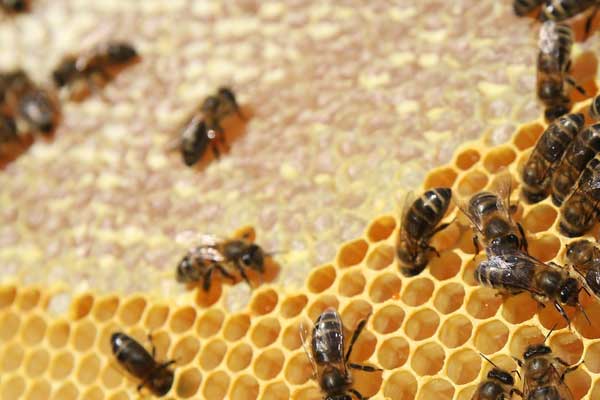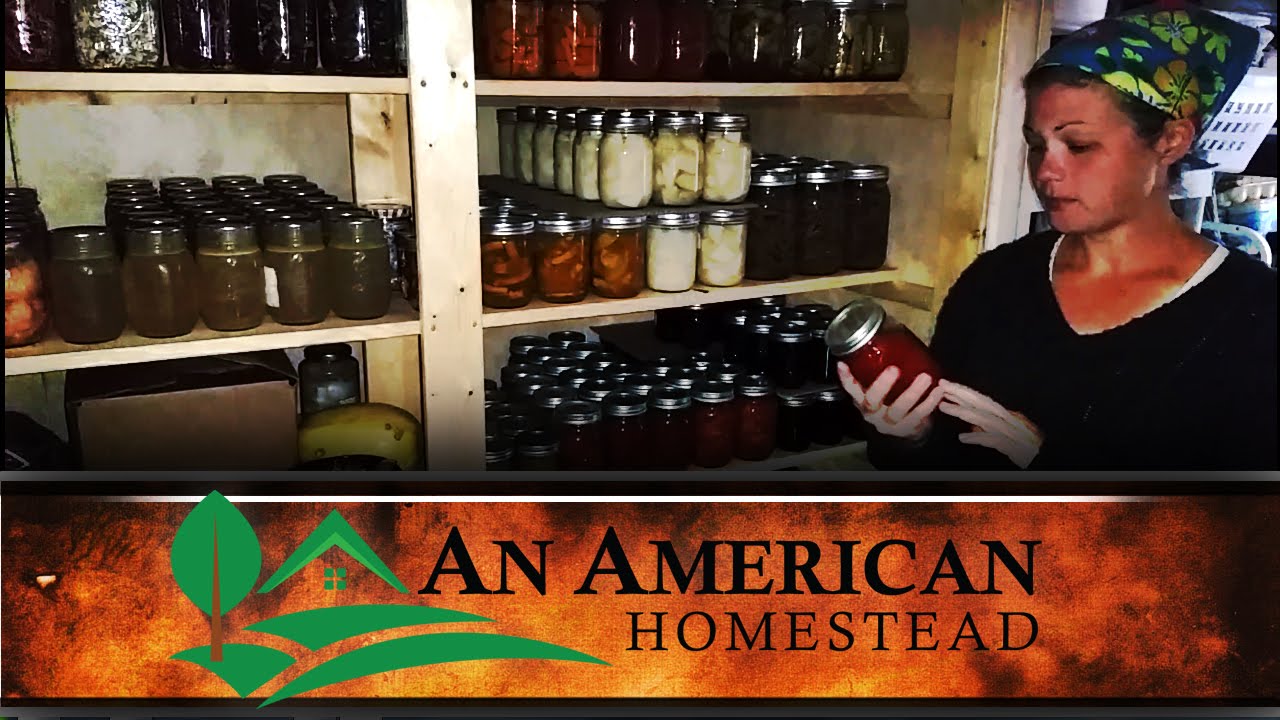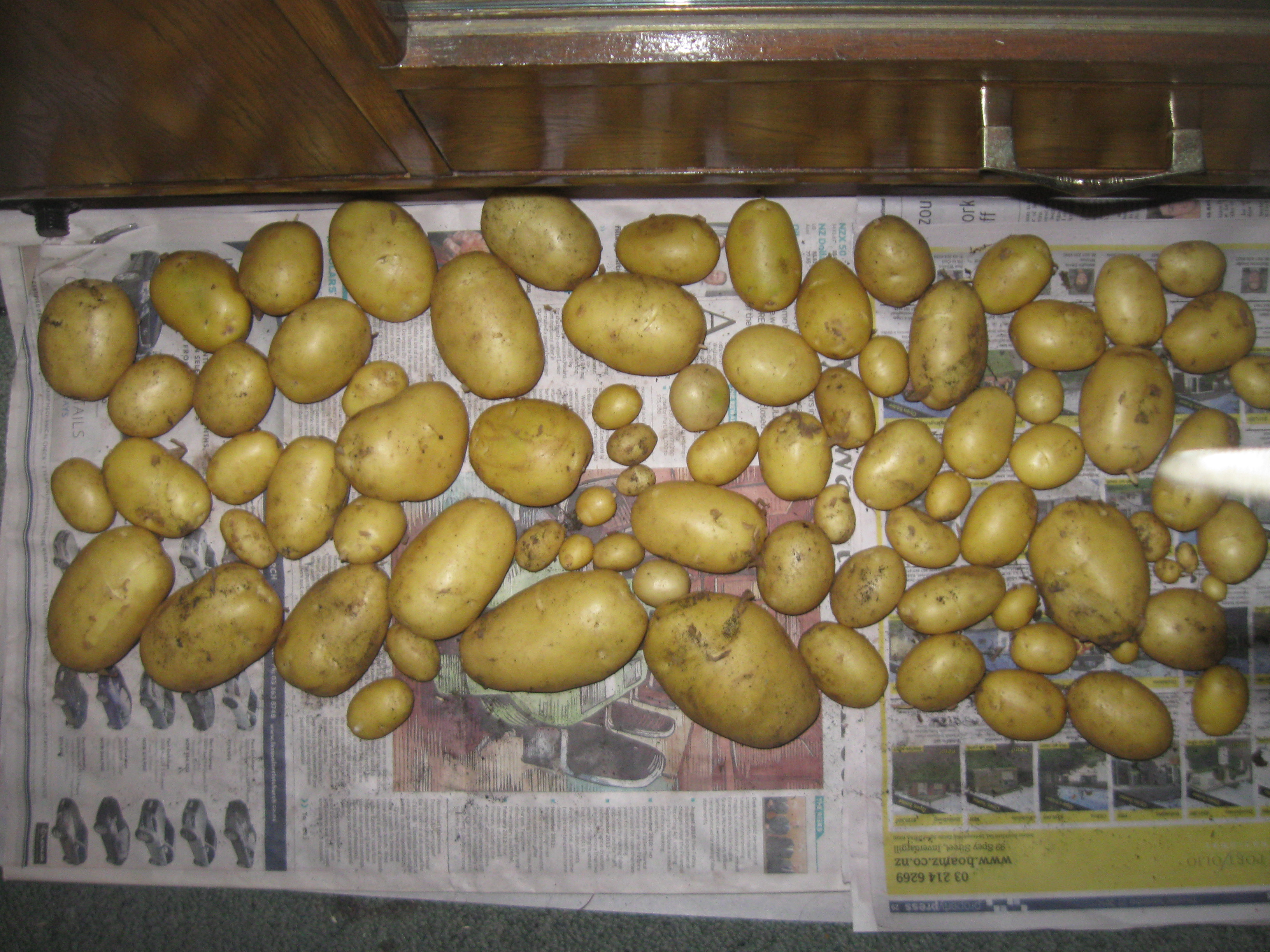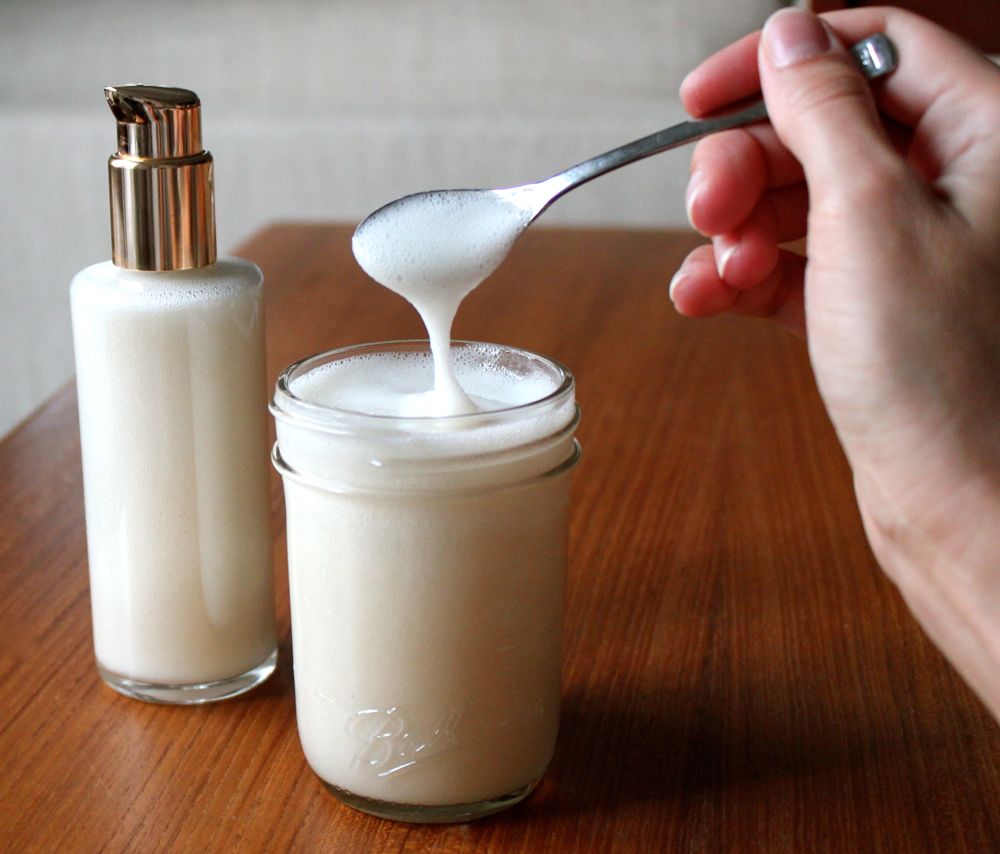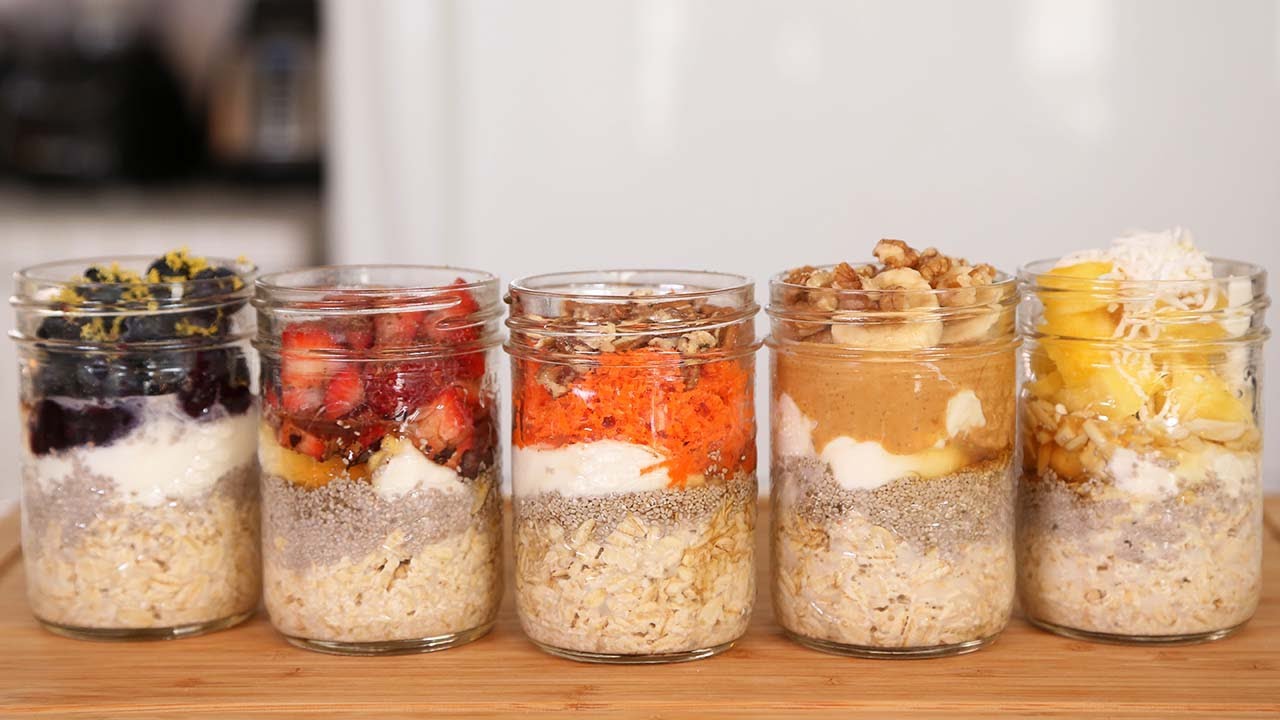22 Ways to Use Beeswax
Beeswax is amazing. It is the only naturally occurring wax, and is produced in special wax glands of female honeybees. It takes 8 pounds of honey to produce 1 pound of wax! Vegetable waxes are rendered from fruit or leaves, while soy and paraffin waxes are produced by a toxic chemical process. Only beeswax is … Read more

